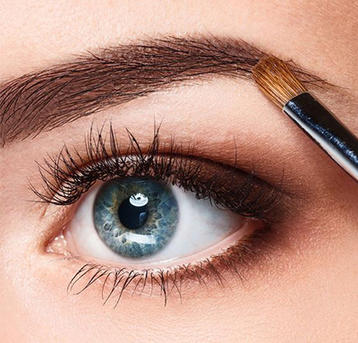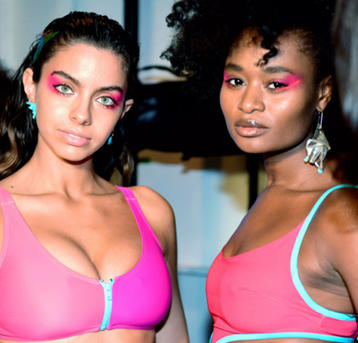There is what seems like endless options for keeping acne in check – medication, topical treatments, or a more holistic approach – it can all be overwhelming and even frustrating to find an effective solution. But one treatment, light therapy, is proving an increasingly popular, drug-free and non-invasive way to combat acne. With its now mainstream status, we give you the lowdown on this treatment including how exactly it targets acne, and if at-home light therapy devices actually work.
What is light therapy?
Light therapy, also called LED Phototherapy, has actually been used as an effective medical treatment since the 1930s. Through development it is now used as a skincare treatment on a variety of skin conditions and concerns.
It is renowned as particularly non-invasive unlike laser treatments, and doesn’t cause any surface damage to the skin.
The treatment uses different wavelengths of light to target multiple skin concerns such as acne and ageing. While blue light is used to kill acne, red light is most commonly used to help minimise the signs of ageing.
How does light therapy treat acne?
When levels of P. acne bacteria (also called Propionibacterium acnes) become imbalanced, which is common and happens naturally, blue light destroys this bacteria without damaging the skin, working with the body's natural healing processes to restore skin health.
About Face's Omnilux Blue treatment helps reduce skin redness and inflammation caused by acne bacteria.
But if acne isn't a concern, the Omnilux Revive treatment uses red light to stimulate the skin's natural production of collagen while plumping, hydrating and soothing the skin.
Finally Omnilux Plus light is the deepest absorbing light which stimulates tissue remodelling and improves collagen production, which accelerates the wound-healing response. It softens lines, wrinkles and crows feet.
When it comes to combating acne, blue light can be combined with red light for the best results.
Do at-home light therapy devices work?
Explained simply, the effectiveness of light therapy lies in the amount of controlled light and the depth it is absorbed into the skin. This is why at-home devices will not be as powerful as in-clinic light therapy for combating acne.
About Face, for example, uses Omnilux Light Therapy and Healite II in clinic which are highly regarded brands used by medical professionals worldwide.
About Face Marketing Assistant Kelly Reid explains, "Light therapy needs to be at targeted depths, and accurate levels are essential for effective treatment – no absorption equals no cell reaction. If the light depth is not targeted, which we see in cheaper brands or the new trend of Phantom masks - you might as well wrap some Christmas tree lights around your face as it is doing nothing."
How long does it take to see results?
A multi-disciplined approach will always give the best long term results, including addressing internal factors and a good quality skincare routine in combination with light therapy treatments.
The Omnilux Blue treatment yields results in approximately four to eight weeks after completing a course, with studies showing over 80% of acne lesions cleared.
From now until March 31, About Face is offering a four week acne course which includes seven light sessions and one skin peel, for $699, usually priced at $1,050.
About Face will be able to offer clients a bespoke skin plan to get the most out of treatments.
For more information or to book, click here.




